Adrenal Glands
The adrenal glands are two glands that sit on top of your kidneys that are made up of two distinct parts.
The adrenal cortex: the outer part of the gland—produces hormones that are vital to life, such as cortisol (which helps regulate metabolism and helps your body respond to stress) and aldosterone (which helps control blood pressure).
The adrenal medulla: the inner part of the gland—produces nonessential (that is, you don’t need them to live) hormones, such as adrenaline (which helps your body react to stress).
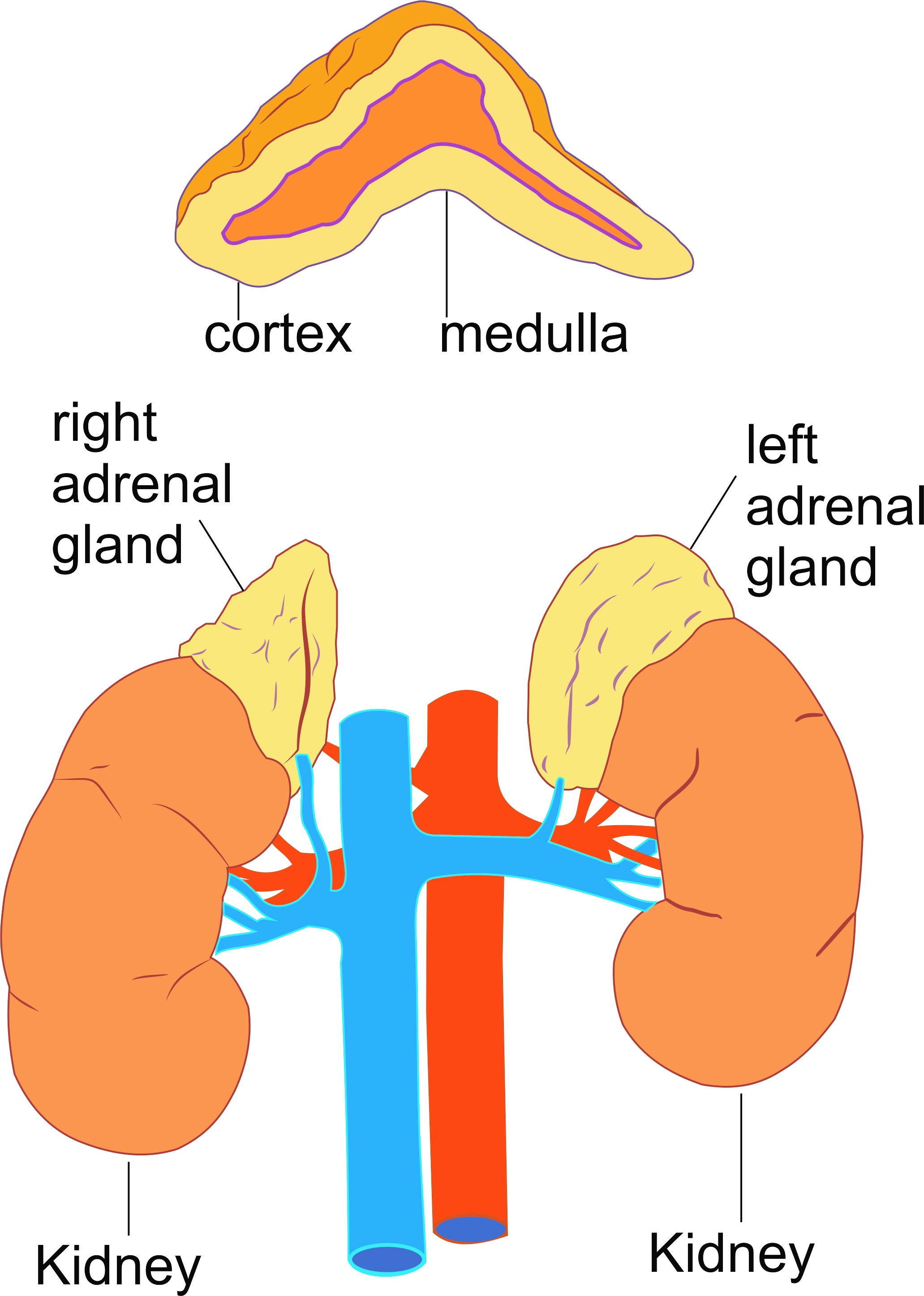
Adrenalectomy is a surgery to remove one or both of your adrenal glands. If a noncancerous (benign) or cancerous adrenal tumour is discovered, you may require surgery to remove the adrenal gland that has the tumor. This surgery is called adrenalectomy.
You may also need an adrenalectomy to remove cancer that has spread (metastasized) to the gland from another location, such as the kidney or lung.
Tumours of the adrenal cortex cause blood levels of aldosterone to increase.
Tumours of the medulla may cause extreme variation of heart rate or blood pressure which may be life threatening. If one adrenal gland is removed, the other takes over full function without the need for supplemental medications.
Adrenalectomy can be performed in two ways. The type of surgery depends on the problem being treated.
Spleen
The spleen is an organ in the upper far left part of the abdomen, to the left of the stomach. The spleen varies in size and shape between people, but it’s commonly fist-shaped, purple, and about 4 inches long.
The spleen plays multiple supporting roles in the body. It acts as a filter for blood as part of the immune system. Old red blood cells are recycled in the spleen, and platelets and white blood cells are stored there. The spleen also helps fight certain kinds of bacteria that cause pneumonia and meningitis.
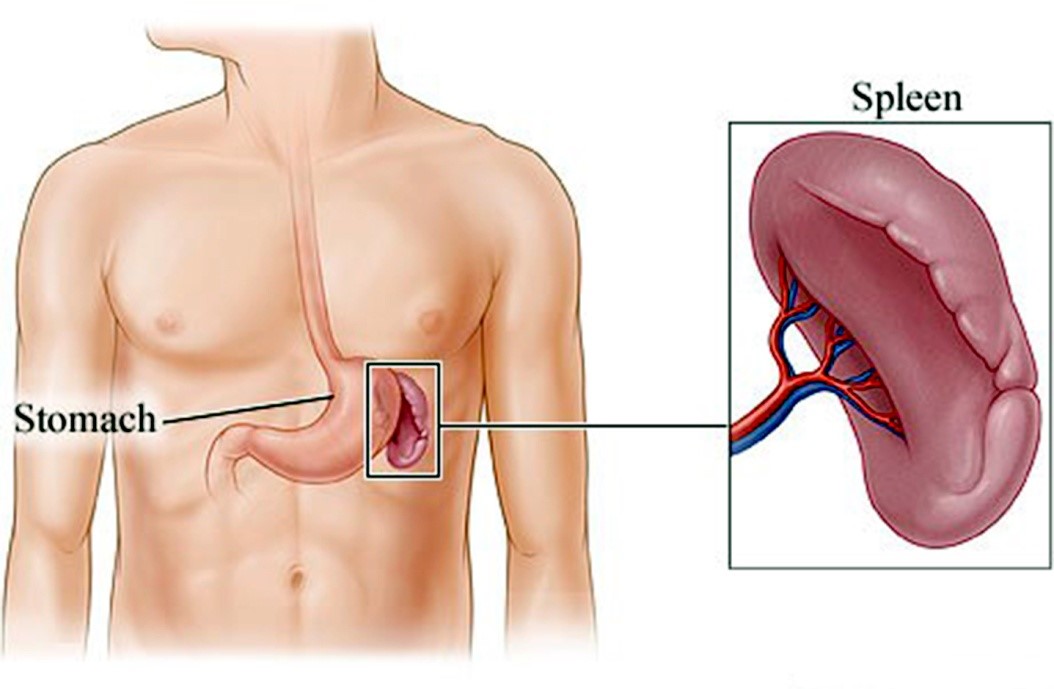
Splenectomy is a surgical procedure to remove your spleen.
Indications for Splenectomy
There are several reasons why a spleen might need to be removed, and the most common reasons are as follows:
There are two ways to perform a splenectomy:
Kidneys
The kidneys are a pair of organs located in the back of the abdomen. Each kidney is about 4 or 5 inches long about the size of a fist. The kidneys' remove all toxic waste produced in our body. They regulate the blood pressure and fluid and electrolyte balance of the body. The blood in our bodies is filtered through the kidneys several times a day.
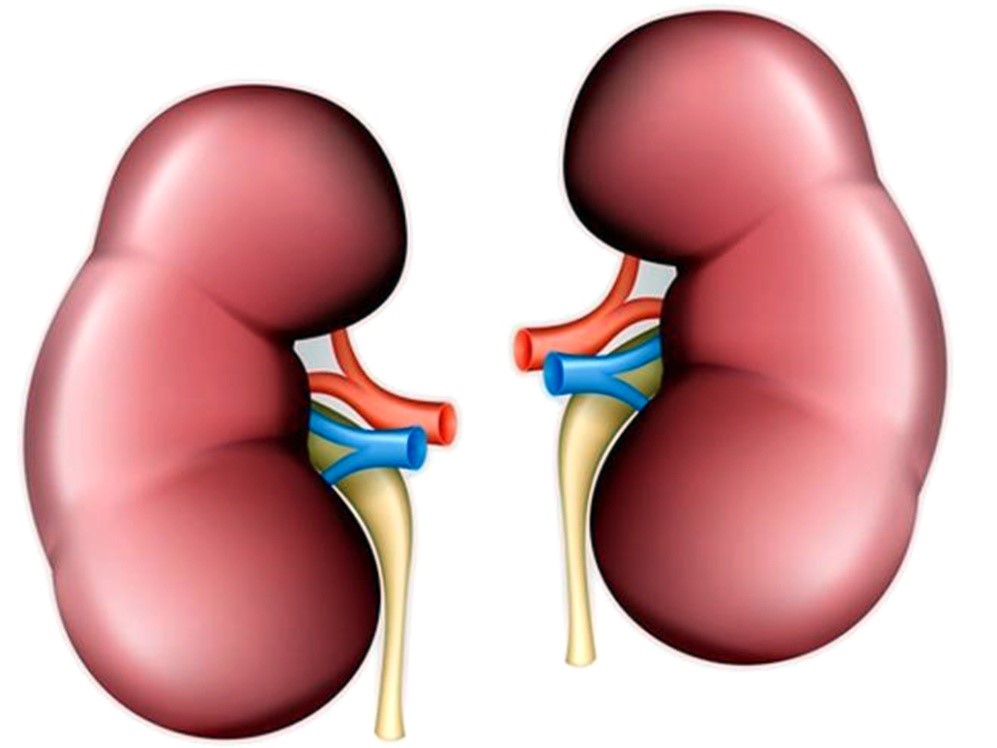
Clinical conditions involving Kidneys:
Clinical conditions involving the kidneys include:
Nephrectomy is a surgical procedure to remove all or part of a kidney.
Nephrectomy is also done to remove a healthy kidney from a donor for transplantation.
There are two types of nephrectomy for a diseased kidney:
Types of nephrectomy surgeries:
Nephrectomy can be performed by two approaches:
Pancreas
The pancreas is about 6 inches long and sits across the back of the abdomen, behind the stomach. The head of the pancreas is on the right side of the abdomen and is connected to the duodenum (the first section of the small intestine) through a small tube called the pancreatic duct. The narrow end of the pancreas, called the tail, extends to the left side of the body.
It is part of the digestive system and produces important enzymes and hormones that help break down foods. The pancreas has an endocrine function because it releases juices directly into the bloodstream, and it has an exocrine function because it releases juices into ducts. The gland also produces the hormone insulin and secretes it into the bloodstream in order to regulate the body's glucose or sugar level.
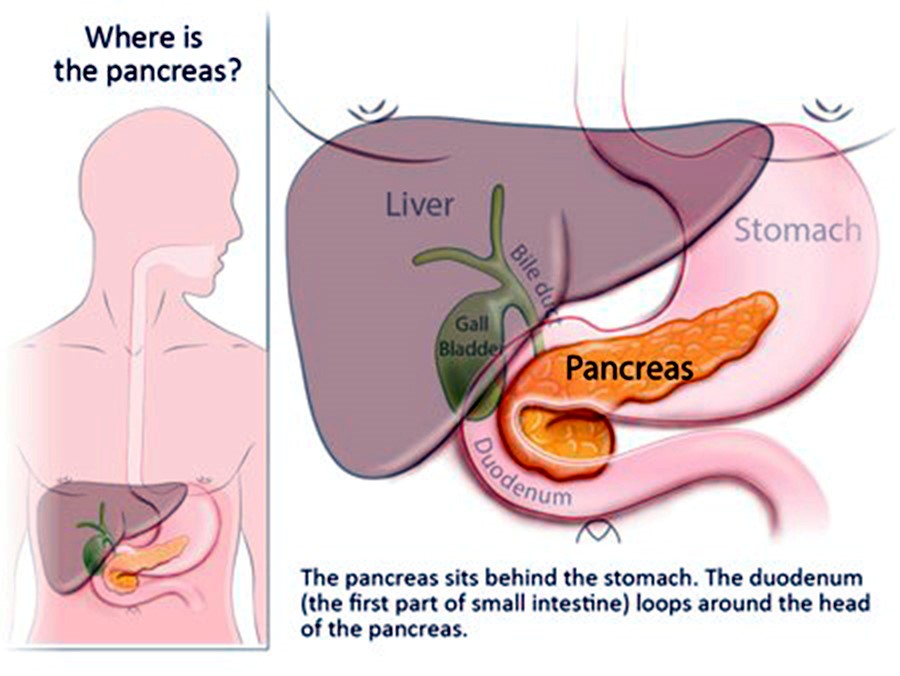
Clinical conditions involving Pancreas:
Clinical conditions involving the pancreas include:
A pancreatectomy is the surgical removal of all or part of the pancreas.
There are several types of pancreatectomy including:
These procedures are used to treat a number of conditions involving the pancreas including Inflammation, Necrotising pancreatitis, Severe chronic pancreatitis, Severe Trauma, Neoplasms, Adenocarcinoma , Cystadenoma, Cystadenocarcinoma, Islet cell tumors, Papillary cystic neoplasms, Lymphoma, Acinar cell tumors, Ampullary cancer, Duodenal cancer, Severe hyperinsulinemic hypoglycemia
Types of Pancreatectomy surgeries:
Pancreatectomy can be performed by two approaches:
Liver
The liver is a large, meaty organ that sits on the right side of the belly. Weighing about 3 pounds, the liver is reddish-brown in color and feels rubbery to the touch. The liver has two large sections, called the right and the left lobes.
The liver's main job is to filter the blood coming from the digestive tract, before passing it to the rest of the body. The liver also detoxifies chemicals and metabolizes drugs. As it does so, the liver secretes bile that ends up back in the intestines. The liver also makes proteins important for blood clotting and other functions.
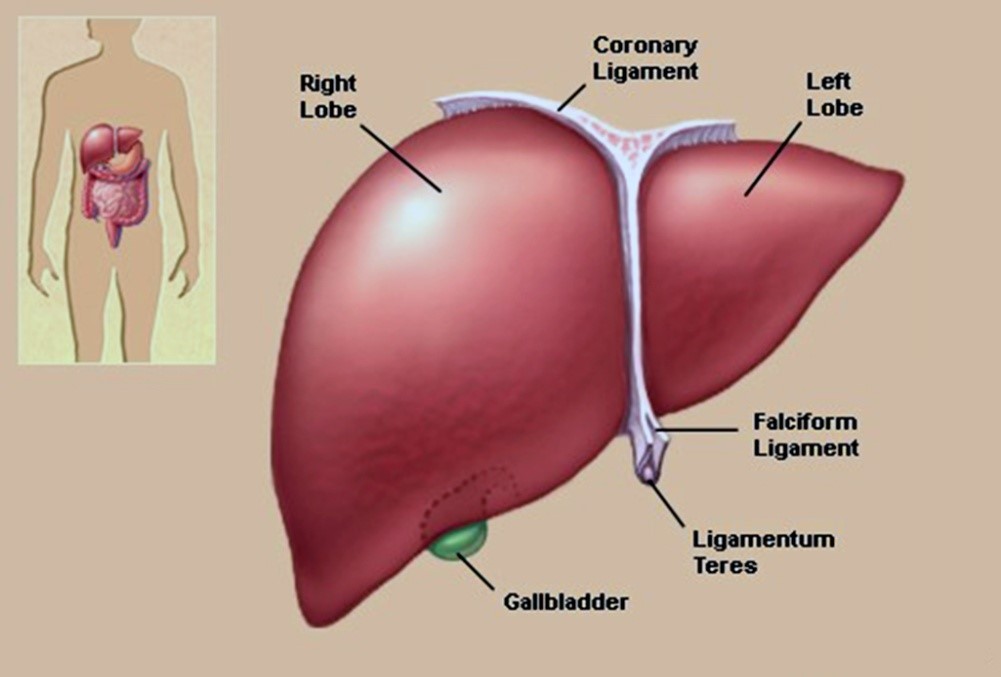
Clinical conditions involving Liver:
Clinical conditions involving the liver include:
A hepactectomy is the surgical removal of the liver. Partial hepatectomies are also performed for liver transplantation. The extent of the hepatectomy will depend on the condition. It also depends on whether liver function is still adequate. The surgeon may remove a part of the liver, an entire lobe, or an even larger portion of the liver. In a partial hepatectomy, the surgeon leaves a margin of healthy liver tissue to maintain the functions of the liver. For some patients, liver transplantation may be indicated.
Hepatectomy can be performed by two approaches:
The organs that secrete juices, operate on the food we eat, as well as control the amount and distribution of the types of food and water that are necessary for the human body to survive. These organs —the liver, pancreas, spleen, kidney and adrenal glands— are not hollow and thus are referred to as solid organs.
Laparoscopic procedures have greatly enhanced a surgeon's ability to perform a surgery (such as solid organ resection) with minimal pain and a more rapid recovery for the patient. This is one example of a general move towards "minimally invasive therapy", reducing the burdens of treatment. The ultimate goal would be to treat all conditions externally, without the need for any invasive, or open, procedures.
Generally, you can be discharged on the next day of the surgery.
In general, plan to take about one week off from work.
Mostly the procedure is covered under most medical insurance plans. Please confirm in your policy documents